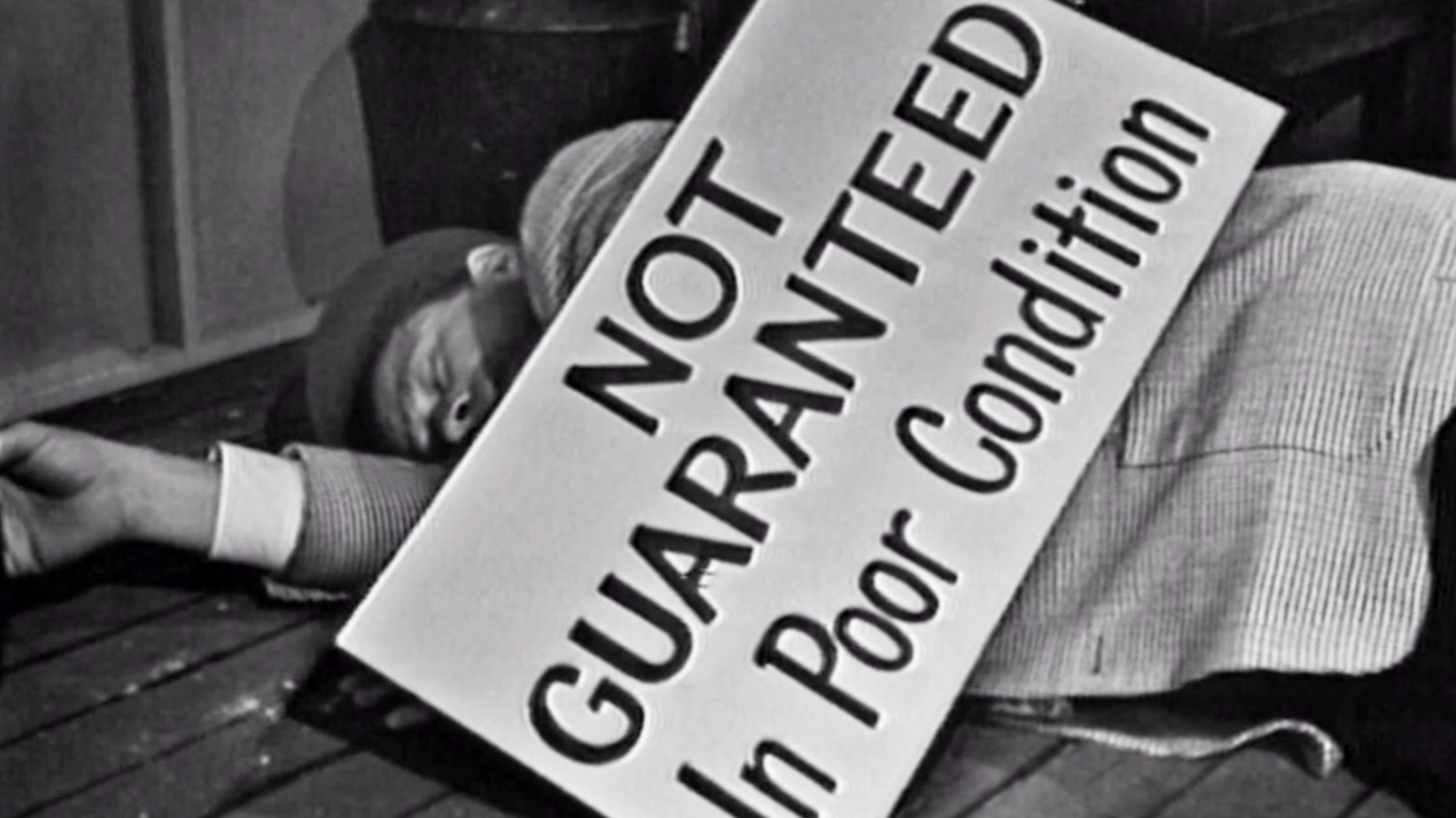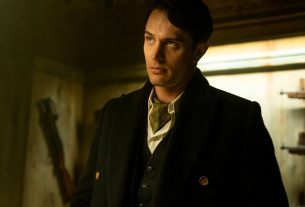
According to producer Buck Houghton in “The Twilight Zone Companion,” in the second season of the show they were “inching up to around $65,000 an episode, which at that time was frightening.”
So the decision was made to shoot six episodes, in a row, on a soundstage using video cameras. The set-up would be not unlike many sitcoms, with the episode’s editing performed on the fly, by switching between multiple cameras that filmed the action simultaneously. Theoretically the measure could save money, but it came with creative drawbacks. External locations were not possible, not without using stock footage or recreating outdoor environments on a soundstage, an effect which was not very convincing. Video cameras also limited the options for cinematic camera movements, giving the episodes a stagey, often stodgy feel akin to contemporary soap operas.
These episodes wound up transferred to 16mm film stock, but watching them today, the damage is still done. Some episodes feature distracting dark grey halo effects surrounding the actors, which is especially noticeable when they move. Minor digital imperfections sometimes pop up, like watching an old home movie on VHS that’s been played one too many times.
And again, that’s just the way these episodes look, so “fixing” them isn’t really a consideration. They were made a little broken in the first place.
A couple of these six “Twilight Zone” episodes — which were all aired out of order, and sandwiched between episodes shot on film — were written and performed so beautifully that, despite their technical limitations, they remain some of the series’ best installments.
The other ones … were not, and some of them are rarely even discussed anymore.




